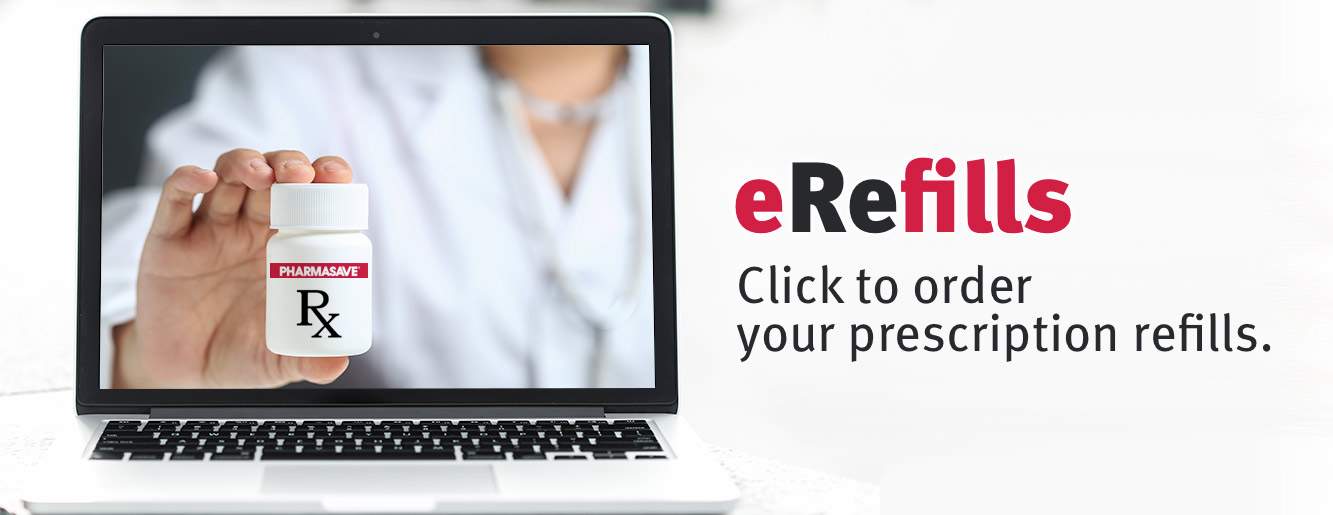Dr. Henry Cheng
Bile is generated in the liver. It flows down the hepatic ducts and then the bile duct. The gall bladder concentrates the bile and releases it when the gall bladder contracts upon stimulation by a fatty meal. Bile contains cholesterol, pigments (bilirubin), minerals and bile salts and when the flow of bile is impeded or when gall bladder function is compromised, the sediments from the bile forms mud, sand and then stones. The gall bladder may then be more prone to infection and inflammation. Gall bladder diseases typically alert the body with upper abdominal pains, indigestion especially after a fatty meal, and acid reflux which are very often mistaken as coming from stomach ulceration. When gall stones block the ducts, they will give rise to severe colic and vomiting. Fever and jaundice are also ominous signs. People with metabolic syndrome, overweight, diabetes and cardio-vascular conditions have much higher risks for gall bladder diseases.
There are three types of gall stones: cholesterol, pigment, and mixed stones. Gall stones are detected by ultrasound. Pigment and mixed stones also show up on X ray. The most effective way to prevent gall bladder diseases is to keep an eye on your weight, diet, exercise, blood sugar, and cholesterol readings. Also, when you develop upper abdominal pain or acid reflux, do not lightly pass them as stomach problems. Food allergies e.g. celiac disease is associated with impaired gall bladder contraction and increased incidence of gall stone, so fixing the food allergies is the first natural measure to be taken. Modification of the diet is essential including restriction of fat intake, increase in fibre, elimination of refined sugars, and avoidance of animal proteins. An effective and sustained weight loss program is associated with definite decrease of attacks. Anti-oxidants especially green tea that contains caffeine and tumeric that has anti-inflammatory effects are beneficial to gall bladder wellness. Gall bladder disease is associated with low hydrochloric acid and digestive enzyme deficiencies; hence supplementation with betaine hydrochloride, pepsin, pancreatin (B.P.P.) or similar preparations with bile salts makes a lot of sense. Lecithin is a phospholipid that increases the solubility of biliary cholesterol and hence may decrease the risk of gall stone formation. A South American herb called Chanca Pieadra was claimed to be effective in eliminating stones (urinary and gall bladder stones) from the body. Various liver and gall bladder cleanse programs are popular folk lore practices. Proprietary kits are also available. My personal opinion is to use natural approaches only when the risks of surgery is not feasible, in which case all the above mentioned methods should be considered. The natural approaches are also valuable for early cases as well as post-operative maintenance.
Henry Cheng is a medical graduate of the University of London, England and is now Natural Products Consultant at Cloverdale Pharmasave.




